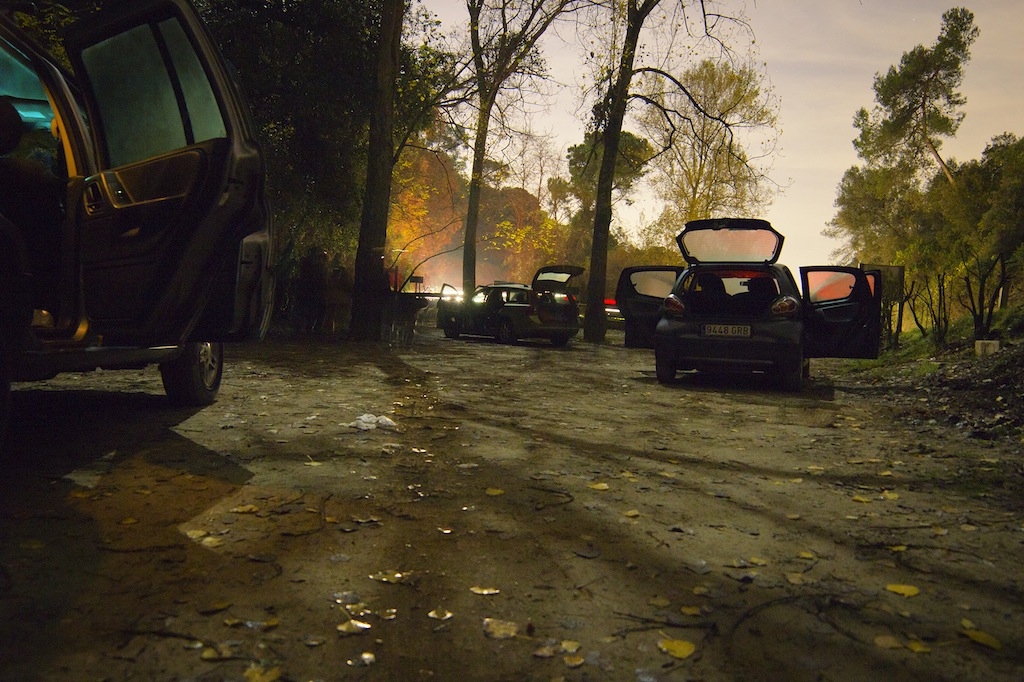Selected by Daniel Steegmann Mangrané
Barcelona has today one of the most exciting art scenes I know about and surprisingly one of the most ignored internationally. Born and raised in that city but living away for a decade, anytime I come back to the shores of the Mediterranean I’m surprised by the inventiveness of the local artists, and on how little they rely on to continue their work: even with an almost non-existing governmental support, a very weak gallery scene and art institutions wounded from the economic cuts, the city is still one of the most creative ones I know.
My generation (born in the 1970s) grew up with the exhibitions held at Sala Montcada, Metrònom and Espai 13 as references, and while those were the spaces one wanted to show at one day, the conceptual course of the city was written by Manuel Borja-Villel, first as director of the Fundació Antoni Tàpies and afterwards the MACBA until 2008. There he showed an amazing list of artists – extremely poetic, deeply conceptual, intellectually rigorous, formally experimental and most importantly, able to rewrite the historical account of contemporary art.
In this habitat and under the wings of a previous generation of artists such as Ignasi Aballí, Jordi Colomer, Pep Agut, Luis Bisbe, Alberto Peral or Francesc Ruiz (all involved in teaching or in the programming of diverse spaces) a new generation sprout: David Bestué, Luz Broto, Marc Vives, Gabriel Pericàs, Tamara Kuselman, Daniel Jacoby, Daniela Ortiz, Ryan Rivadeneyra, Nuria Güell, Rasmus Nilausen, Marc Larré, Jaume Ferrete, Martin Vitaliti, Ana García Pineda or Efrén Álvarez are some of the names of a longer list I’m being unfair in cutting short.
It is the work of Gerard Ortín that I would like to write about today however. Deeply concerned with both our perception of nature and the nature of our perception, Ortín’s work explores the contradictions, gaps and translation failures between natural phenomena and linguistic depiction.
Highly sophisticated forms, full of phenomenological and haptic tricks that trigger the unknown and the uncanny, populate his videos, walks and sound-works, and put into circulation the triangulation between the language, the real and the symbolic, eroding their separation.
These are works that explore the absence of nature, because the differentiation between the self and nature no longer makes sense. The body is in the landscape and is the landscape, the micro touches the macro, and in the outskirts of a city, a fern and a Coca-Cola bottle share equal status. There’s no more res cogitans and res extensa, but a deeply intertwined entanglement of beings and of realities. Which is maybe why Ortín is so fond of forests, tunnels, holes, thickets and roots.
Gerard Ortín graduated in Fine Arts from the University of Barcelona and currently lives and works in Donostia, San Sebastián, where he completed his Masters degree. He also studied at Barcelona’s l’Aula de Música Moderna i Jazz¡(Conservatori del Liceu).
This article was first published in the January & February 2016 issue of ArtReview.
